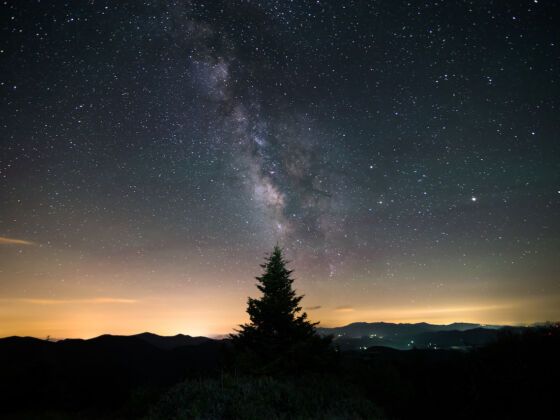We stop for a water break under a leafless white oak. Up the ridge, Blue Mountain juts through the darkening sky. Somewhere up there is Darlington Shelter, our home for tonight.
“What do you think bro?” I ask.
“’Bout what?”
“Tomorrow.”
“How far is it, like 18 to Boiling Springs?”
